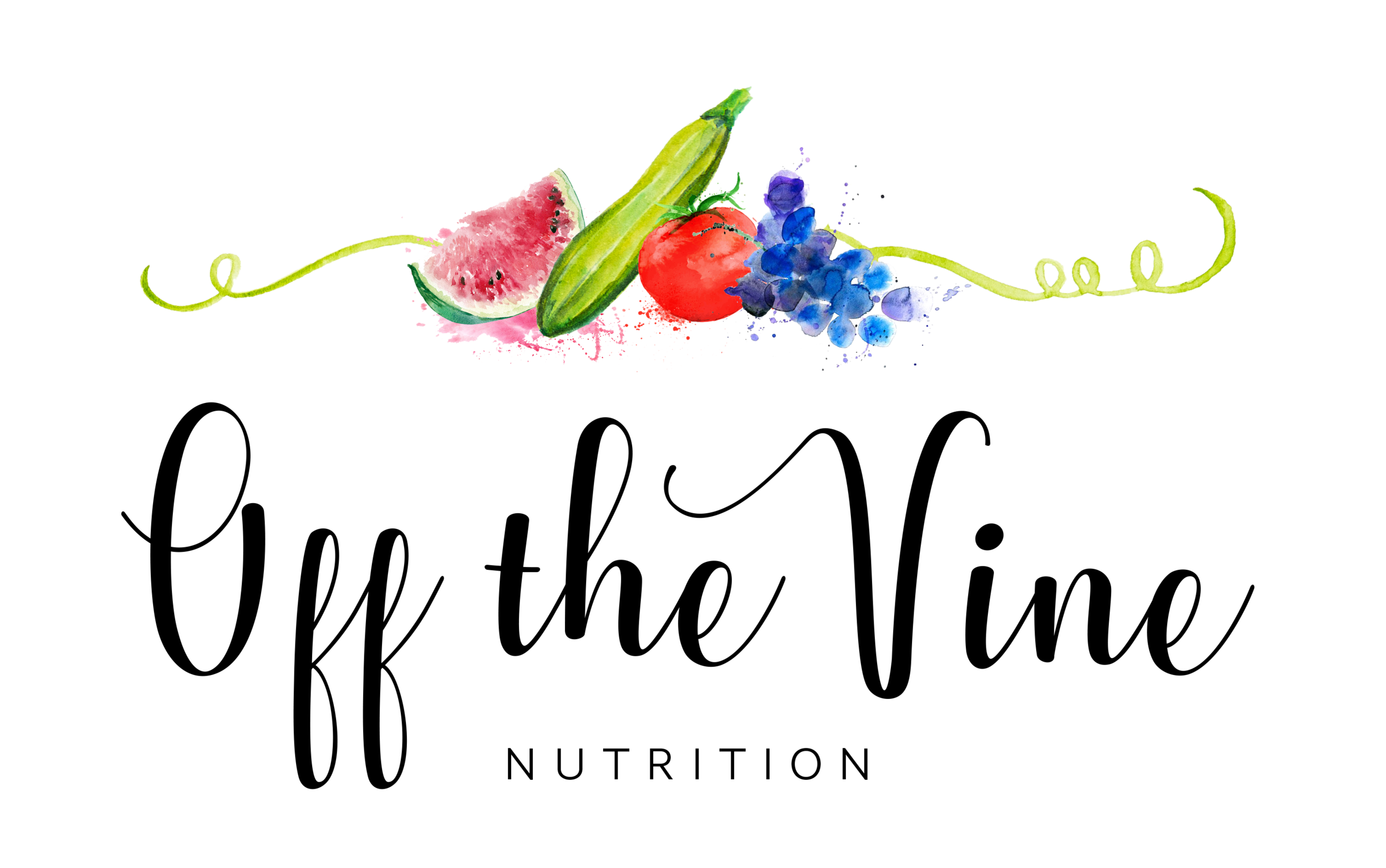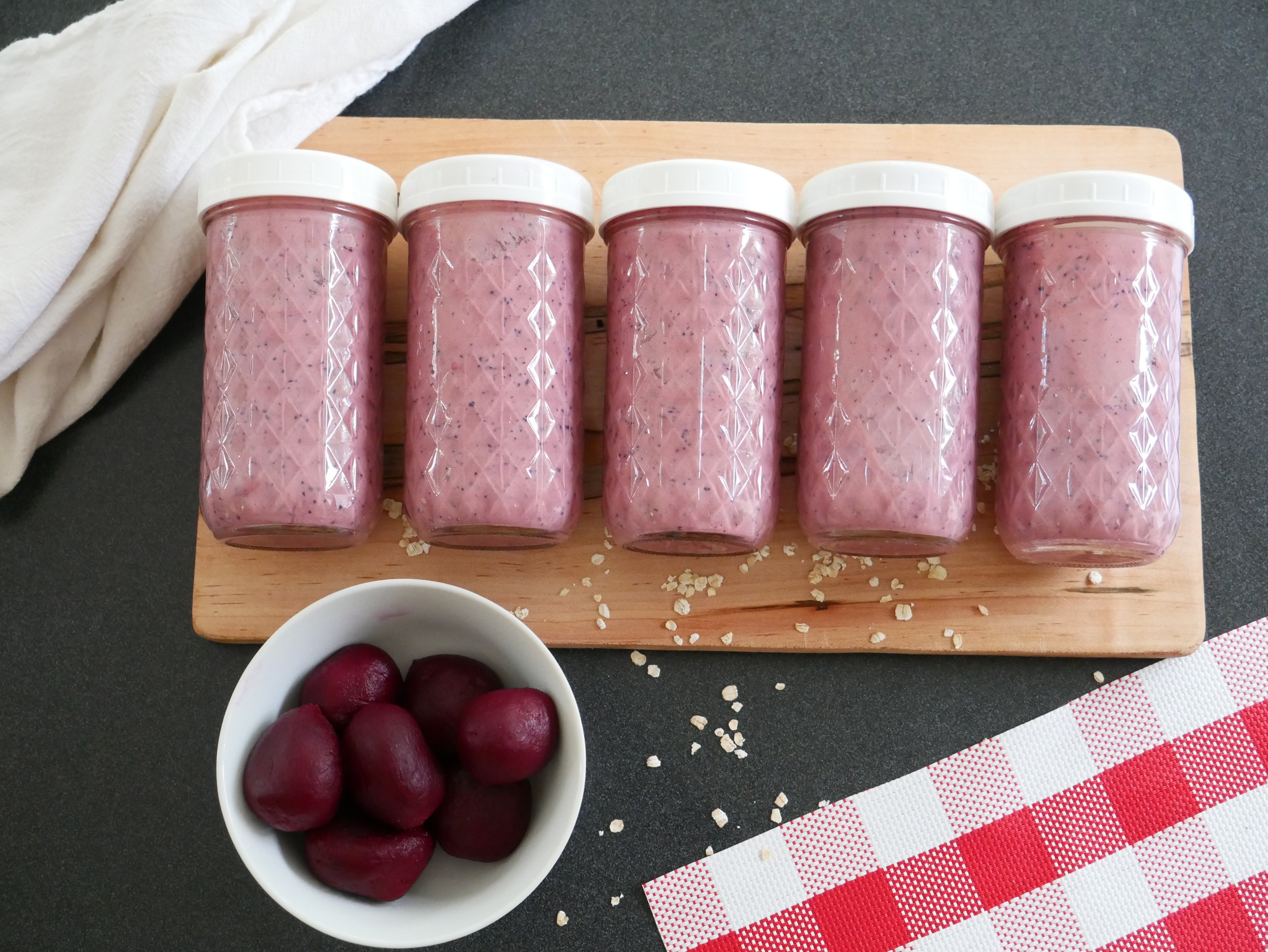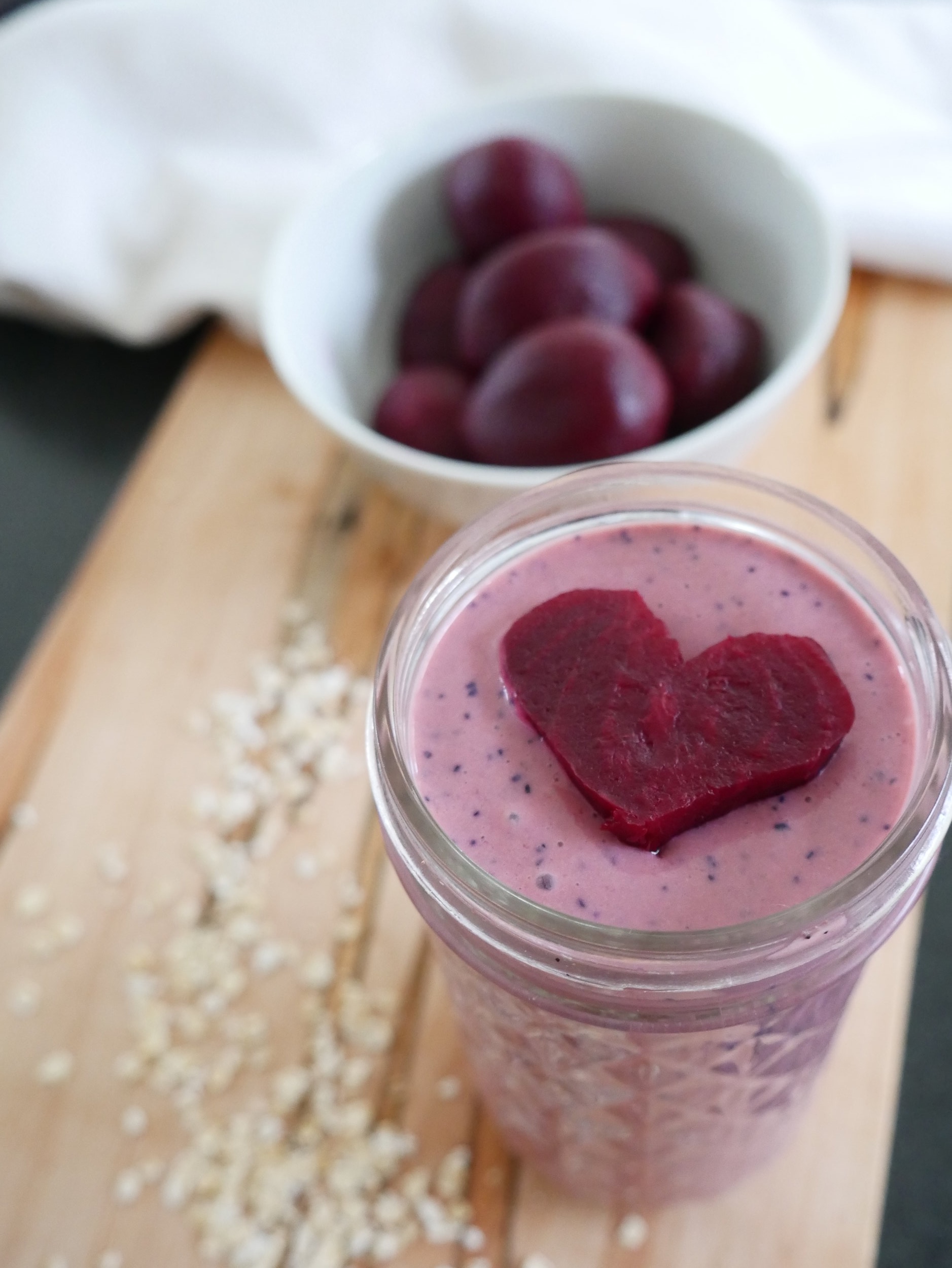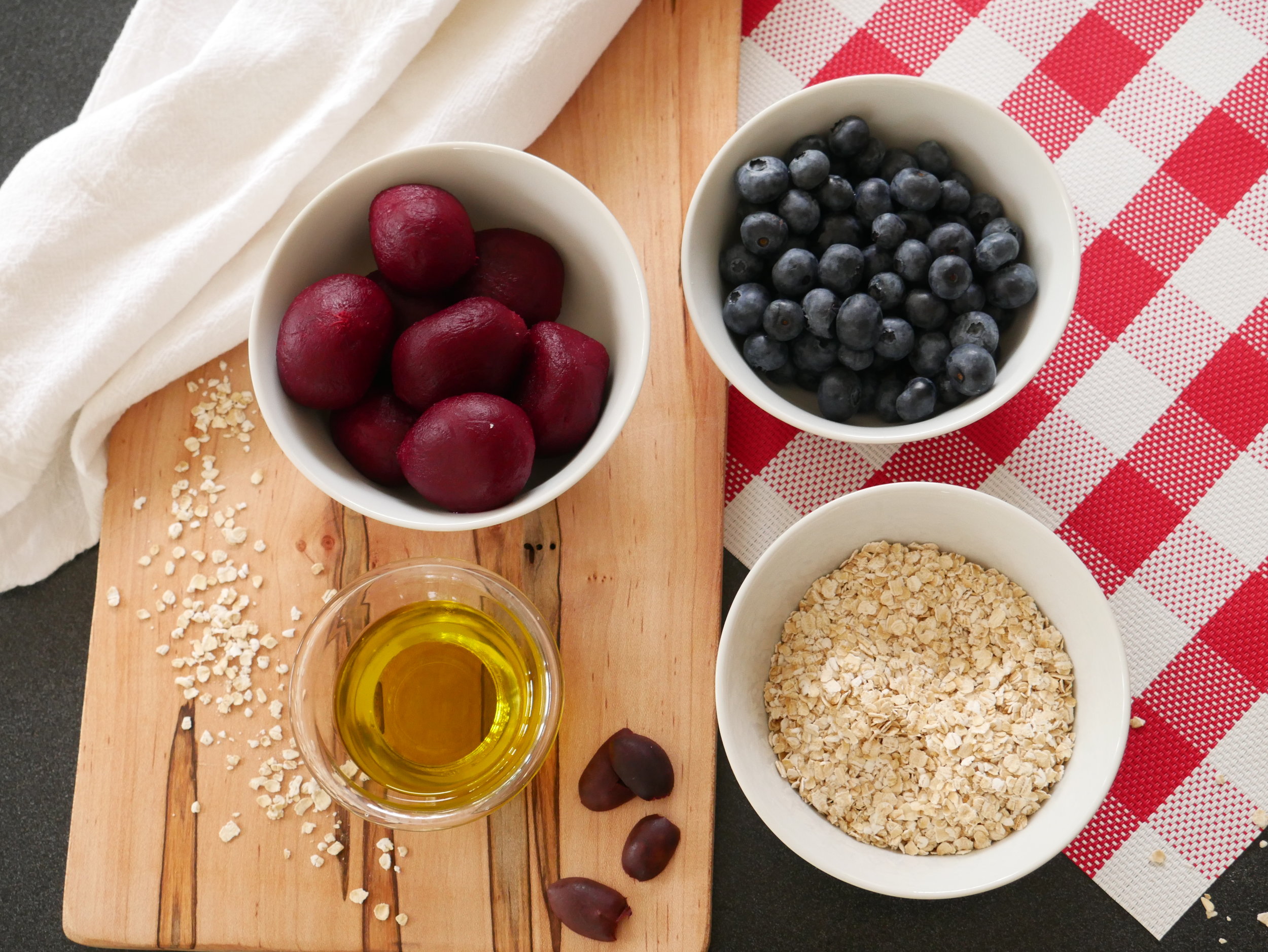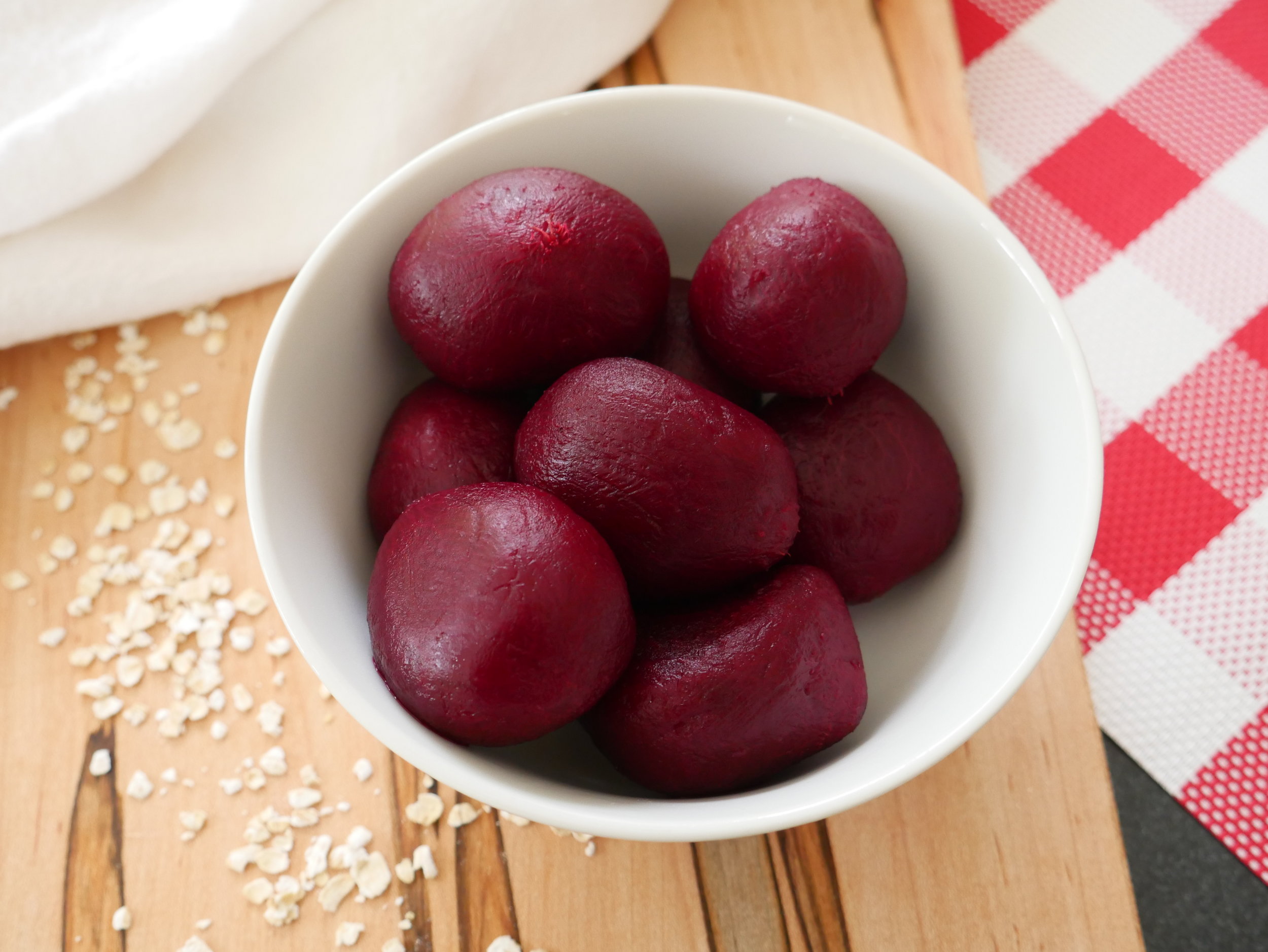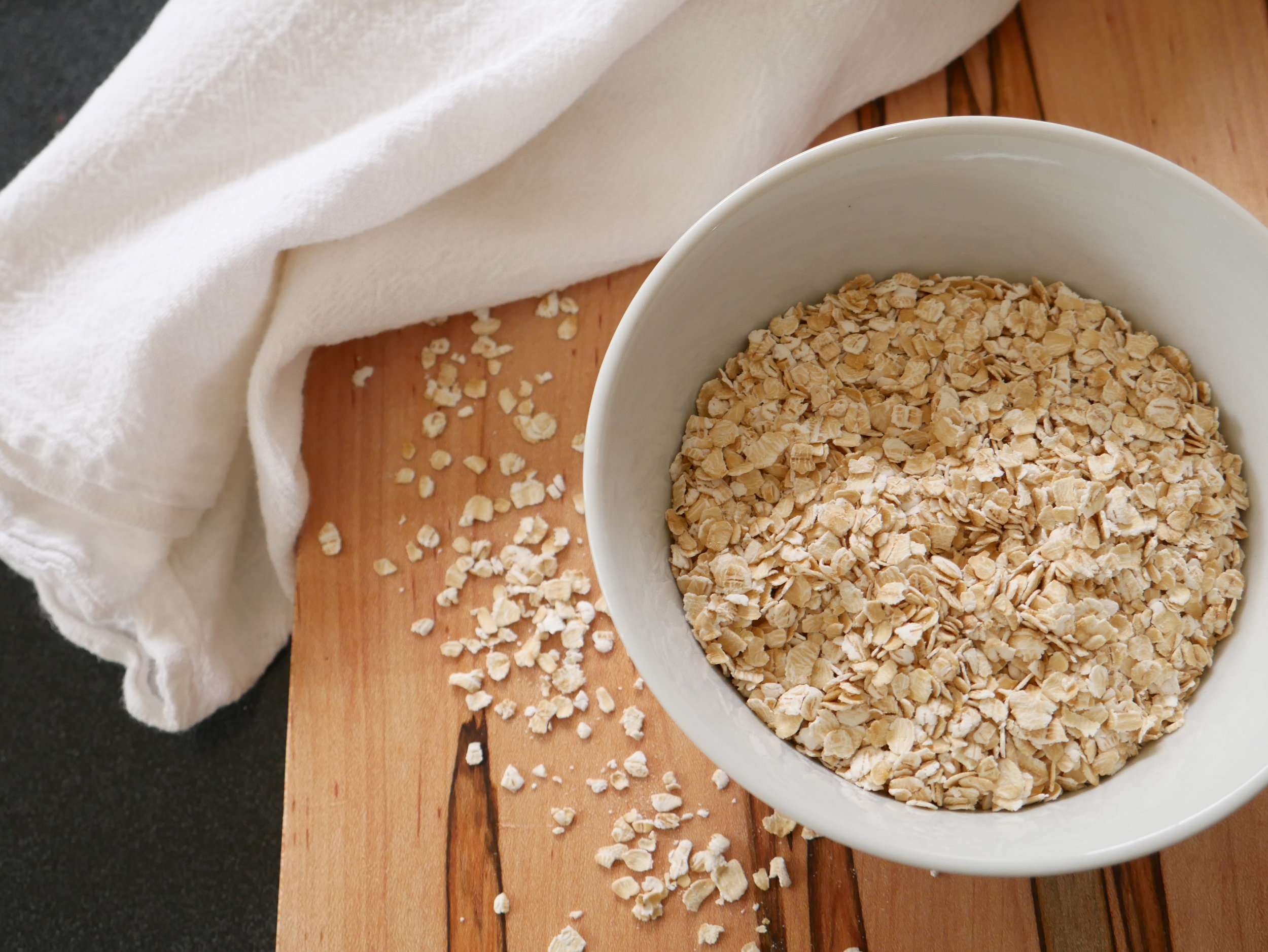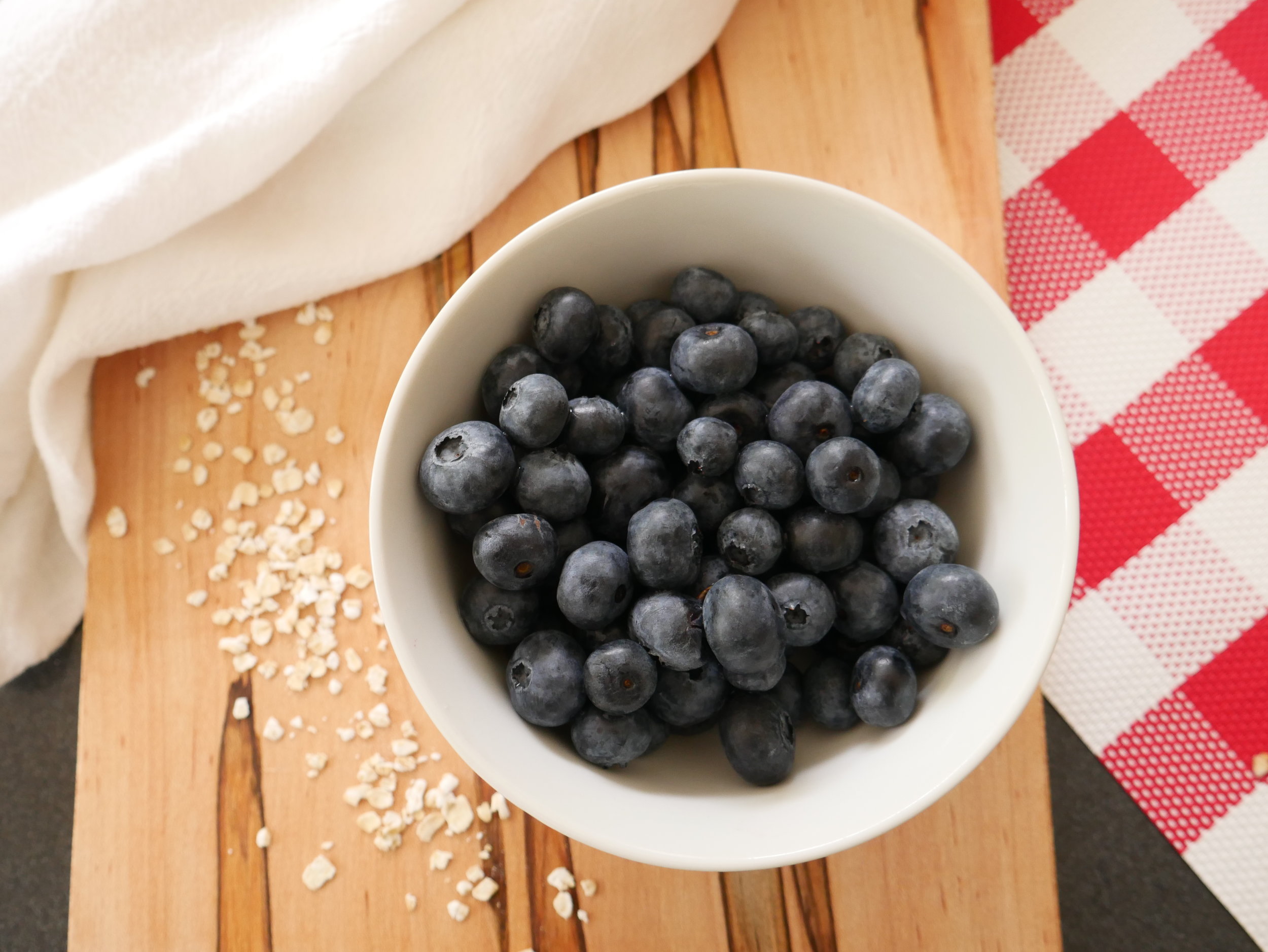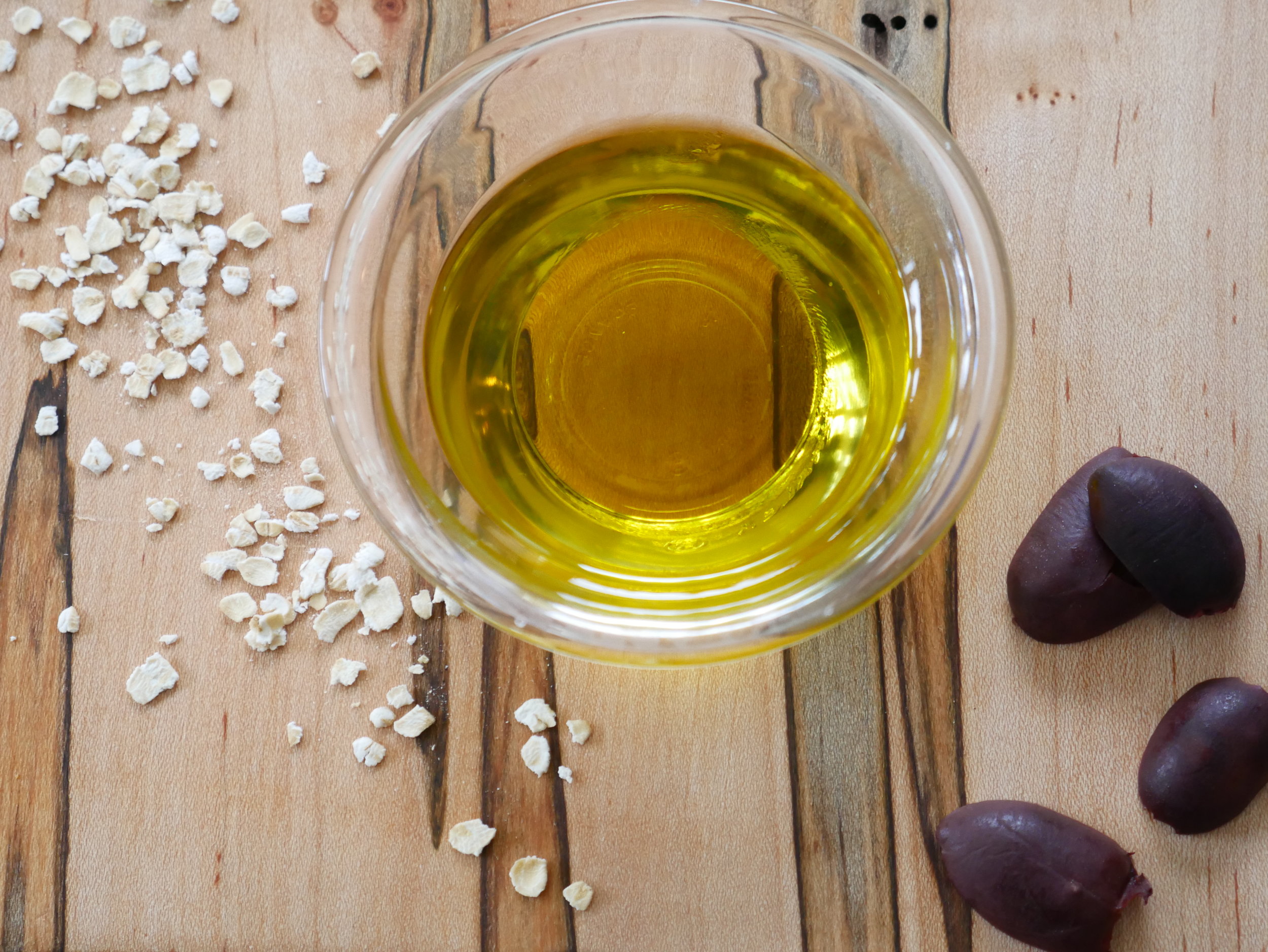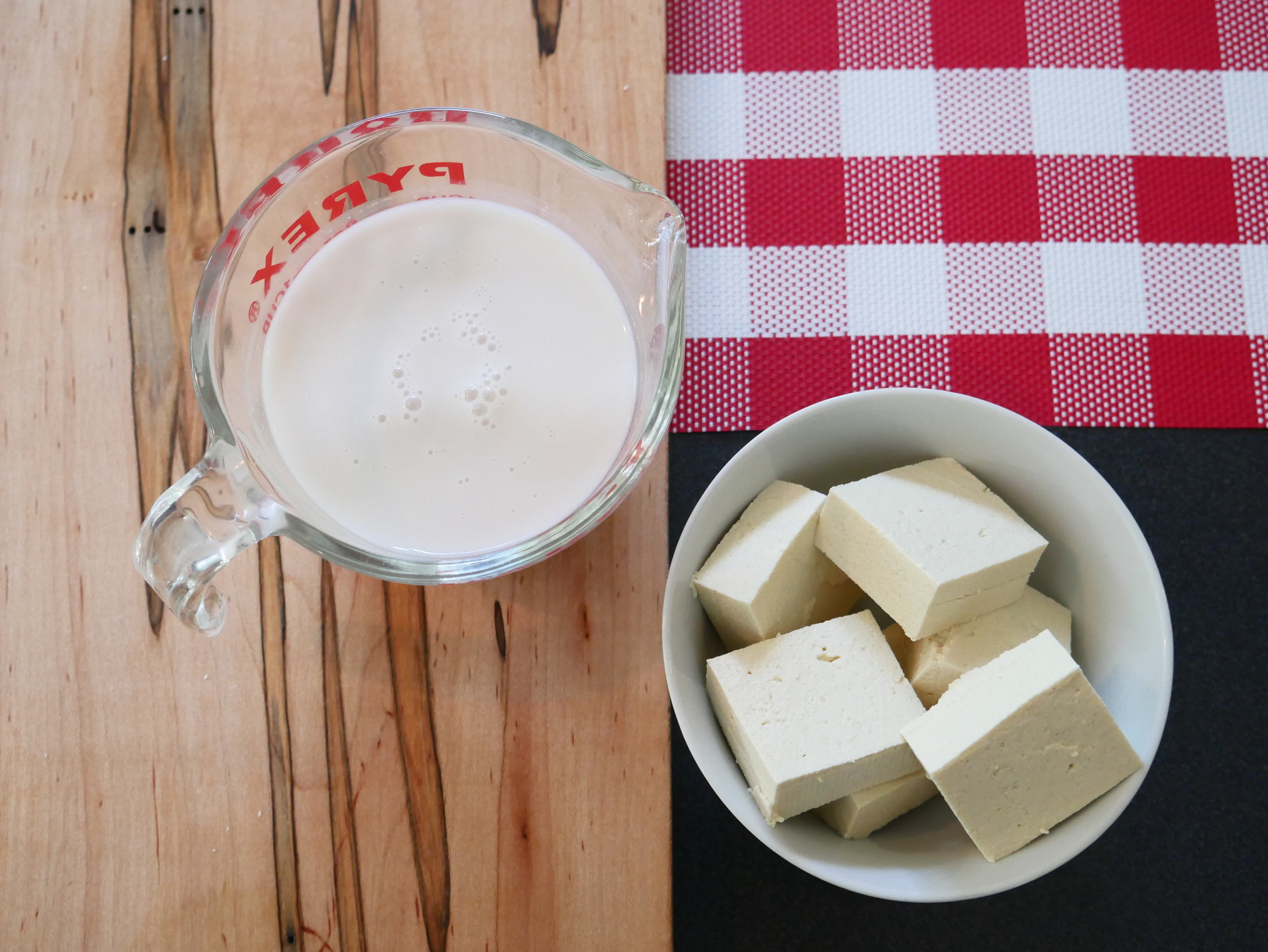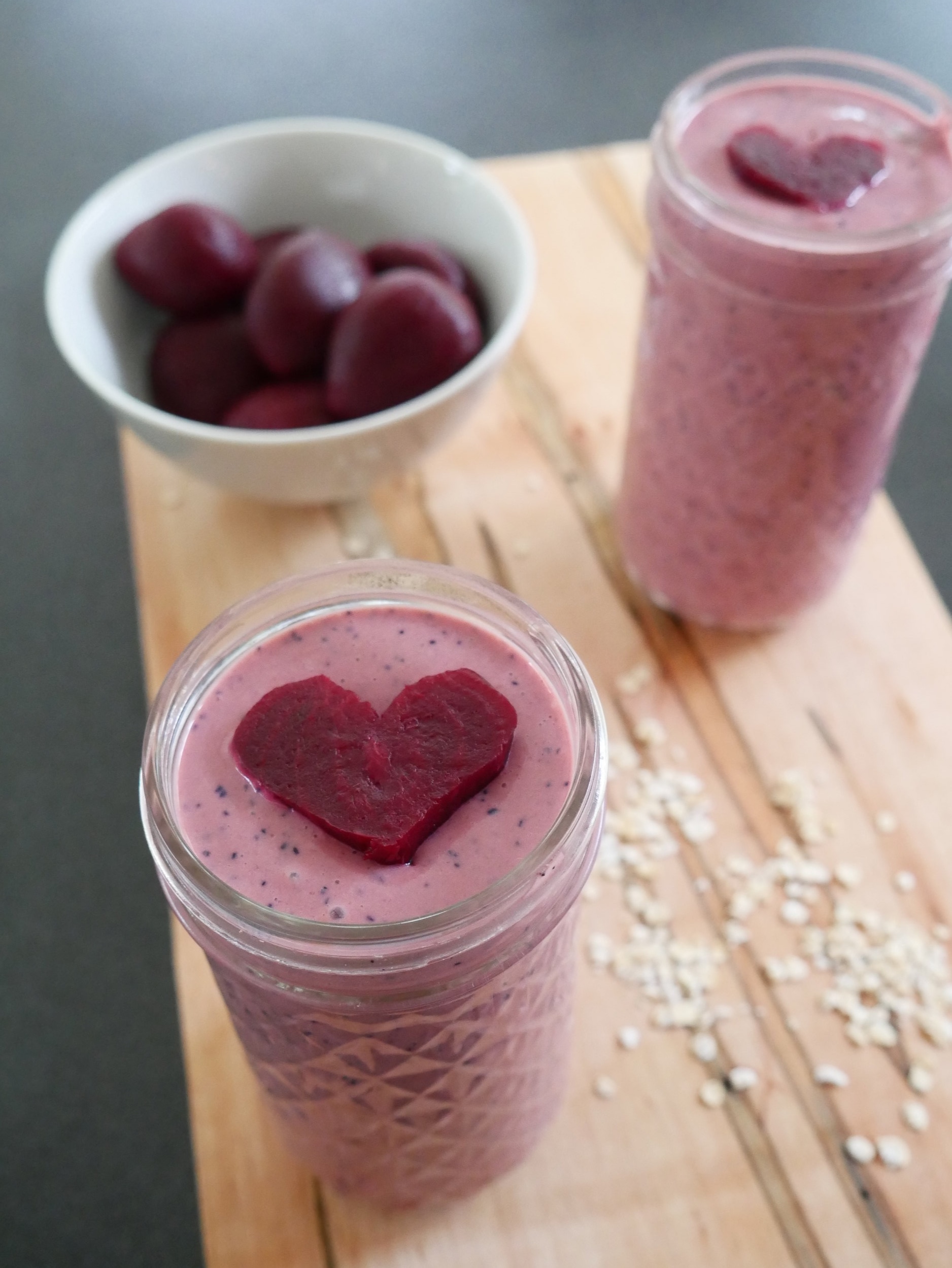Blenderized Tube Feeding
This week is National Tube Feeding Awareness Week. I wanted to share some experiences and information about tube feeding to do my part to bring awareness.
I did my clinical inpatient rotation at the University of Michigan Hospital on the Liver/Gastrointestinal (GI) Floor. Seeing patients with severe GI issues or complications naturally led to plenty of experience with tube feeding.
Additionally, my private practice rotation was with a Registered Dietitian who does blenderized tube feeding for her daughter, which led her to work with other families in learning how to incorporate this in their homes.
Both of these experiences in my dietetic internship gave me insight of different aspects of tube feeding, and I’m excited to share more about it!
What is Tube Feeding?
As the name implies, it is an alternate way of receiving nutrition through a tube. There are many different types of tubes named after where the tube is feeding. Whether it be a nasogastric (NG) tube that runs from the nose to the stomach, or a G-tube which is a tube through the skin on the abdomen straight into the stomach.
Who Needs a Feeding Tube?
Feeding tubes provide nutrition for those who are unable to eat by mouth, or to get enough to meet their nutritional needs.
There are hundreds of conditions or circumstances that may result in the need of feeding tube.
Those with who need feeding tubes range from newborns to elderly.
Some are temporary, and some need them permanently.
Ellie, a tubie, getting involved in the kitchen!
Why is Awareness Important?
Well, just like anything, awareness helps increase the understanding while decreasing any associated stigma.
People who receive their nutrition through a feeding tube may experience unwanted staring, bullying, or other stigma or biases.
With enough awareness, I hope this changes in that people are aware and know what a feeding tube is, realize it’s no big deal, and treat others the way they want to be treated, and help those around them with feeding tubes feel more comfortable.
What do you Feed in a Feeding Tube?
I’m sure you’ve figured out that you can’t feed whole foods through a tube.
There are several different ways to feed with a feeding tube, including:
Breastmilk
Formulas
Blenderized Diets
The most common are various formulas. There are tons of different kinds that range in composition depending on needs. From elemental, to peptide, to whole proteins. There are also differences in formulas to meet different nutritional needs (after a trauma, renal issues etc.).
In my clinical rotation I was able to calculate the needs of patients starting a tube feed (lots of math!), select a formula to meet their needs, and do some more math to determine the rate at which a tube feed would be tolerated.
What is a Blenderized Tube Feeding?
Instead of using a formula, there’s an option to blend whole foods in a blender and use that instead.
My rotation in private practice allowed me to learn so much about this option, and I even got to develop a recipe to give to her daughter!
There are definitely some pros and cons when it comes to choosing blenderized tube feeding:
Pros
More room for individualization to meet needs, especially for those with allergies or intolerances that may be present in many formula options
Greater inclusivity by enjoying the same foods/meals as the family
Whole foods contain fiber and phytonutrients that formulas often lack, that have shown improvement in gut health and symptoms in previously formula based tube feeding
Less processed ingredients since you are making it from scratch (just like meal made from scratch compared to buying something processed and ready to eat)
May offer cost savings, especially in instances where insurance is not covering the cost of formula
Anecdotally, patients have been able to taste more (after burping), and has increased their interest in trying foods which is especially helpful in those with oral aversions.
Cons
There is a greater time commitment involved, compared to cracking open a carton of formula. Time is spend finding a recipe, looking at nutritional needs, cooking, blending, storing.
Many people who blend treat this as another component to meal prepping.
Food safety is very important. It’s the same as using safe practices cooking food for yourself or children, but especially important to follow in blenderized tube feeding because formula is canned, or pasteurized to ensure safety.
Things to consider: washing produce adequately, avoiding temperature abuse (getting it in the fridge within 2 hours), etc.
Ensuring you are getting nutritional needs met. Understanding the nutritional needs to begin with, and how to reach those in blenderized recipes is really important. Working with an RD who works in this field is especially important, and they can help you through this process.
Who should consider blenderized tube feeding?
This decision is totally up to the family, and medical team. There is nothing wrong with using formula, and nothing wrong with using blended food for tube feeding. Weighing the pros and cons, thinking about your values and lifestyle, and discussing with your medical team are all important steps in the decision-making process.
In general, blenderized tube feedings should be reserved for those 1 year and older. As this is when infants normally are transitioned to primarily consuming foods.
Many people have expressed feeling pressure to do provide blenderized tube feeding 100% of the time. While this is understandable, it’s important to note that you can incorporate any amount of blended feeding tube meals as you’d like.
Think about it, very few people cook every single thing they eat 24/7. There’s naturally a combination of prepared and scratch-cooked meals when we eat conventionally by mouth, so that should be accepted in tube feeding as well!
This is not all or nothing. Just another option.
My ‘Heartbeet Blend’ Recipe
As part of my internship, I developed a blenderized tube feeding recipe, made a recipe video, and wrote a blog post for it.
I wanted to share it now because February is National Heart month, and this recipe is packed with heart healthy ingredients, this entire experience working with Courtney and her daughter Ellie truly warmed my heart, and it’s National Tube Feeding Awareness week!
Here is my blog post, recipe, and video. Go check out the original post here
”This new blend is packed full of awesome ‘heart healthy’ ingredients!! Learn more about five of the beneficial ingredients in this recipe, and how they contribute to a happy, healthy heart!
Beets
These root vegetables, known for their deep red color are the star of this recipe. Beets are packed full of vitamins, minerals, antioxidants, and anti-inflammatory properties. Dietary nitrates are found in beets, which have been shown to help dilate blood vessels, aiding in lowering blood pressure, and improved heart health.
Oats
The known heart healthy benefits of oats have been around for some time now. One of the most researched benefits is the high soluble fiber content. The fiber in additional to making us feel full longer, also decreases ‘bad’ cholesterol, or LDL cholesterol, and decreases the risk of heart disease.
Blueberries
Although ‘memory-boosting’ may be the first thing to come to mind when you think of blueberries, they also have great heart benefits! Of the many antioxidants that can be found in blueberries, anthocyanin has been shown to reduce the risk of heart disease by decreasing artery stiffness.
Olive Oil:
Most people may have heard that olive oil is a ‘healthy fat.’ What exactly does this mean? Healthy fats are the types of fats that have benefits, and are not harmful to our bodies. These include unsaturated fats, and in this case namely monounsaturated fats which are high in olive oil. These have been shown to aid in reducing cholesterol levels, in turn, reducing risk for heart disease.
Soy:
Soy products (anything from a soybean, such as soymilk, tofu, etc) also have heart healthy benefits. Compared to other animal derived protein sources, soy is naturally lower in saturated fat and cholesterol, while also having higher levels of fiber and healthy fats such as polyunsaturated fats, like Omega-3 fatty acids. All of which contribute benefits to our heart health!
The Heartbeet Blend is so simple to whip up & will show your heart some love, as it contains all of the ingredients listed above!“
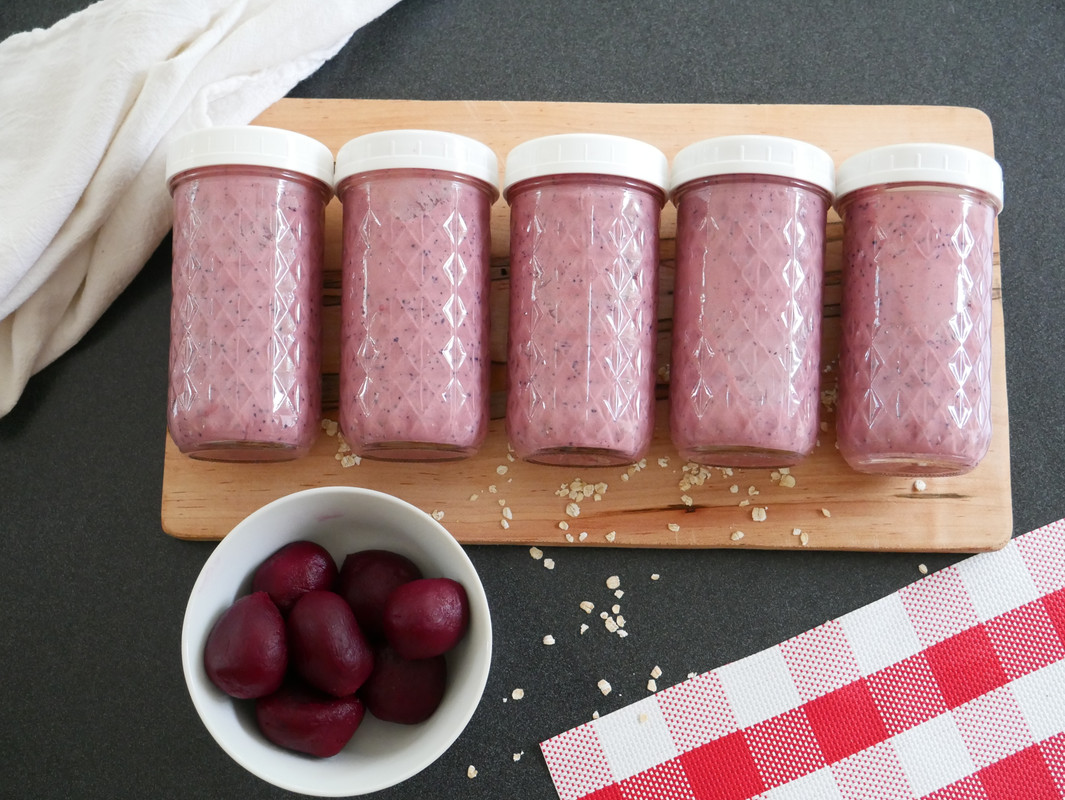
HeartBeet Blend
The HeartBeet Blend is so simple to whip up & will show your heart some love as all the ingredients are heart healthy! This is a plant-based blend recipe.
ingredients:
- 1.5 cups cooked oatmeal (~3/4 cup dry)
- 1 cup cooked beets (canned or fresh)
- 1 cup carrots, steamed
- 1 cup blueberries
- 2 cups soy milk, unsweetened
- 1/2 package of Tofu
- 1 T olive oil
- 1 T lemon juice
instructions
- Add all ingredients to the blender in order listed.
- Blend until smooth.
- Add water as necessary to desired consistency. Strain if necessary.
- Portion out and store, be sure to mark the date!
NOTES:
Nutrition Info: Entire recipe provides 900 kcal; 0.5 kcal.mL; 47.2% Carbohydrate, 18.6% Protein, and 34.2% Fat
Interested in Blenderized Tube Feeding?
My precptor, Coutrney Stinson, is a RD who does blenderized tube feeding for her daughter, and in her private practice. Check out her website here
She has an e-book with tons of recipes with calculated nutrition information. I especially like that she has ‘family recipes’ included. So it shows you how to make a recipe for the family, and then what to blend for the tubie in the household to make sure they are getting the right nutritional needs, and also help them feel included! Buy here
Please don’t hesitate to ask any questions! I hope you learned something new today! Please share to help spread tube feeding awareness! :)
